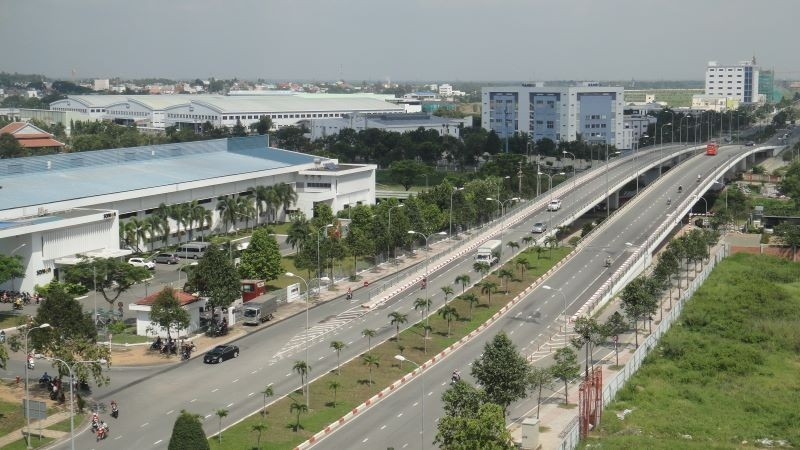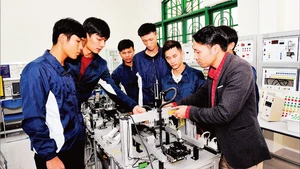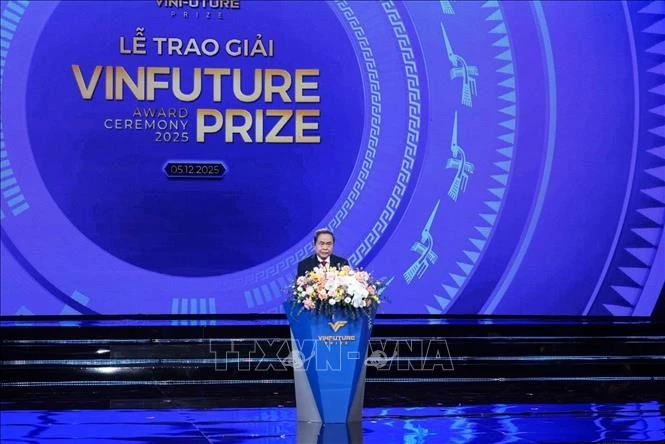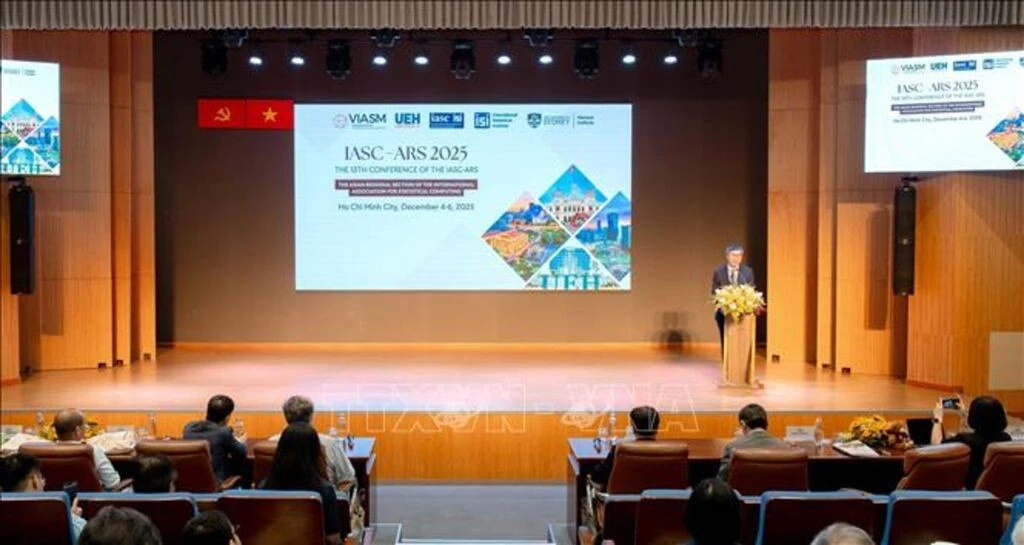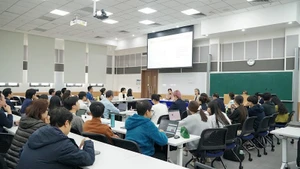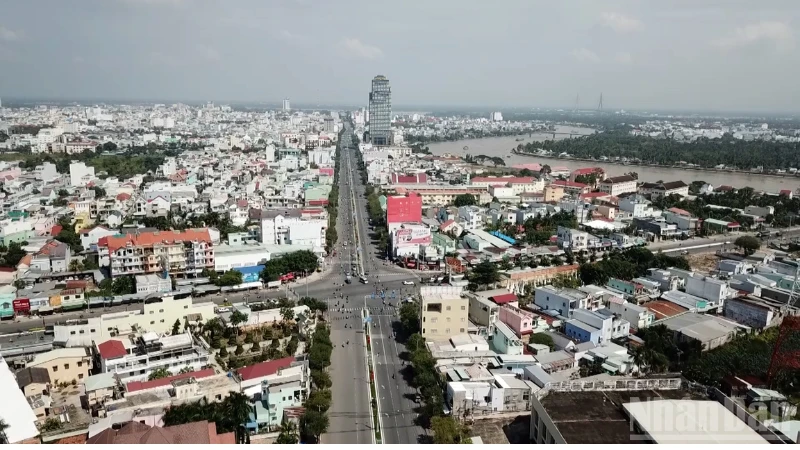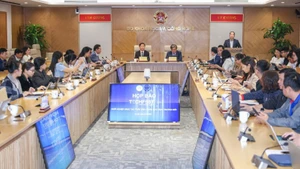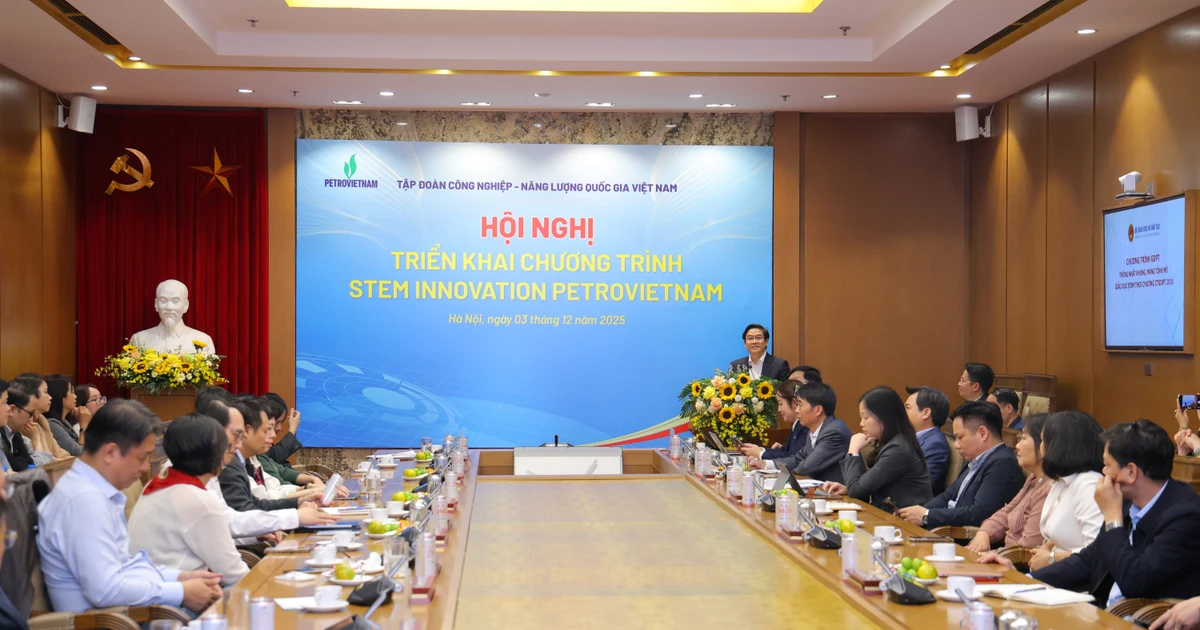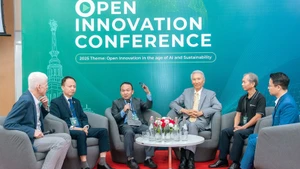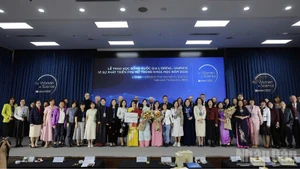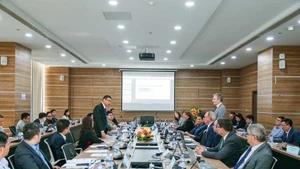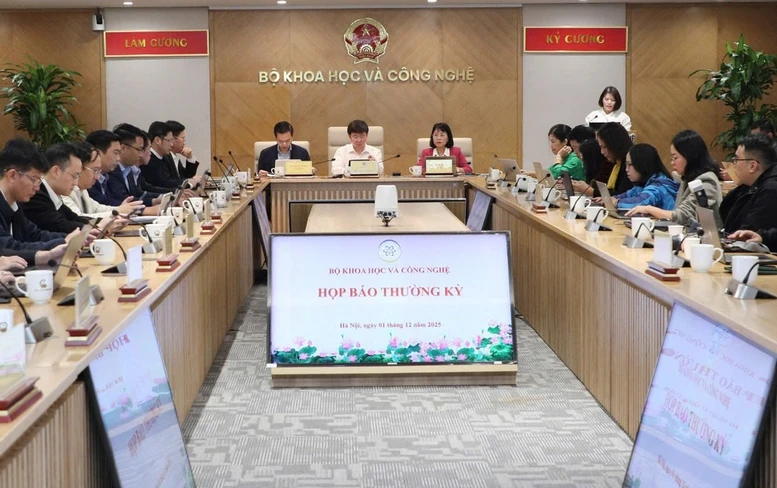The SHTP is one of the three national hi-tech zones, with the mission of creating and developing strategic and pioneering industries for the nation, particularly for Ho Chi Minh City.
To date, the park has attracted a large number of domestic and international technology enterprises, creating a dynamic innovation ecosystem.
Currently, the park hosts more than ten leading global high-tech corporations, including Intel, Jabil, Rockwell Automation (the US), Nidec, Nipro, NTT (Japan), Samsung (the Republic of Korea), Sonion (Denmark), Datalogic (Italy), Sanofi (France), and TTI (Germany).
The park is widely regarded as the most successful among the national hi-tech parks, serving as a cradle for scientific and technological ideas, attracting capital, technology, and talent from both domestic and foreign sources.
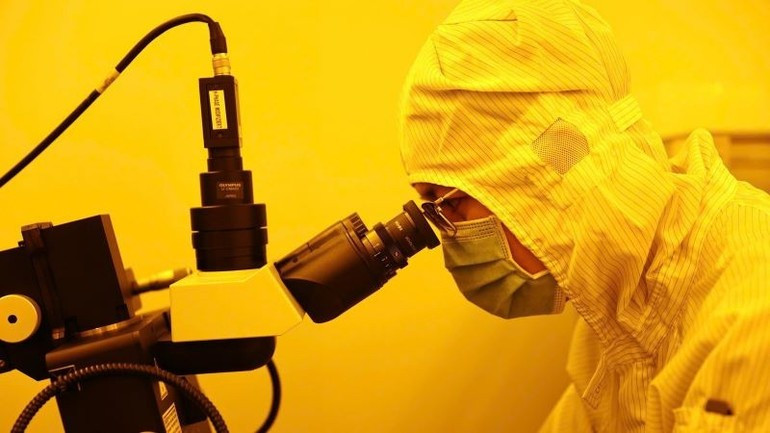
Professor and Doctor Nguyen Ky Phung, Head of the SHTP Management Board, stated that the park has become a destination for major global technology corporations. The total investment capital in the park has exceeded 12 billion USD, demonstrating the attractiveness of its investment environment and its strong potential for future growth.
Experts believe that in the context of the rapidly advancing Fourth Industrial Revolution, together with Resolution No. 57-NQ/TW dated December 22, 2024, of the Politburo on breakthroughs in science, technology, innovation, and national digital transformation, the formulation of a Development Strategy for the Hi-Tech Park toward 2030, with a vision to 2045, is essential.
Accordingly, the Strategy defines several key groups of solutions for the park, including priority fields for investment attraction; building a strong research and innovation ecosystem; enhancing the development and attraction of talent; and promoting technology transfer and knowledge cooperation. These are considered crucial foundations for scientific and technological development.
The Strategy sets a target for the park to become an international centre for science, technology, and innovation by 2030, with a total revenue of 30 billion USD from high-tech activities, and to train and attract 20,000 high-quality workers, including at least 20% international experts.
With a vision toward 2045, the Ho Chi Minh City Hi-Tech Park aims to become an “intelligent innovation intermediary” with a global outlook, featuring specialised infrastructure and an innovation-friendly environment that positions it as the hub of regional innovation clusters meeting international standards.
The proportion of enterprises engaged in scientific, technological, and innovative activities will account for 40% of all businesses in the park. The application rate of research outcomes after acceptance will exceed 70%, with 60% directly applied to enterprises.
The number of international scientific publications is expected to increase by an average of 10% per year, while patent applications and granted patents will grow by 16–18% annually, with commercialisation rates reaching 8–10%.
With a vision toward 2045, the SHTP aims to become an “intelligent innovation intermediary” with a global outlook, featuring specialised infrastructure and an innovation-friendly environment that positions it as the hub of regional innovation clusters meeting international standards.
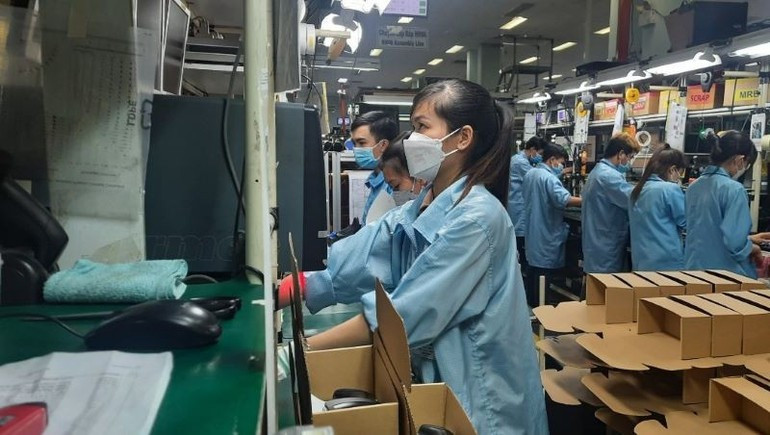
Through these efforts, the park aims to contribute to industrial growth, enhance the competitiveness of emerging industries, and create high-income jobs based on research and development (R&D) and commercialisation along an advanced technological trajectory.
Revenue from high technology is projected to reach 100 billion USD, accounting for more than 20% of Ho Chi Minh City’s GDP. The proportion of innovative enterprises will reach 70% of all businesses in the park engaged in R&D and advanced technology activities.
At the same time, the park will develop a workforce of 50,000 high-quality personnel, of whom at least 30% will be international experts, and support the creation of 500 global technology start-ups originating from Viet Nam.
To successfully achieve the Strategy’s objectives, according to the SHTP Management Board, the park will focus on effectively implementing legal provisions related to R&D, science and technology, and innovation.
It will study, formulate, and propose breakthrough mechanisms and policies to develop infrastructure, strengthen the ecosystem, and promote international cooperation. The park will also establish an appropriate sandbox mechanism to develop an R&D and technology transfer ecosystem.
According to Dr Truong Minh Huy Vu, Member of the Ho Chi Minh City Party Committee and Director of the Ho Chi Minh City Institute for Development Studies, SHTP’s development orientation centres on R&D activities to form future industrial chains. Once R&D processes are completed and technologies are created, the park will focus on incubation to foster growth. Investment in R&D is a vital input for technological innovation, helping SHTP become not only a high-tech production hub but also a centre for research and technology incubation.
Both domestic and international experiences show that incentives and encouragement are prerequisites for attracting investment and talent in R&D and innovation activities, which in turn lead to the creation of new technologies, products, services, and business models, thereby improving productivity and economic efficiency.
Renewing economic management thinking and building suitable mechanisms, particularly in R&D and innovation, requires decisive solutions — from establishing a sound policy framework to concrete actions by State management agencies.
